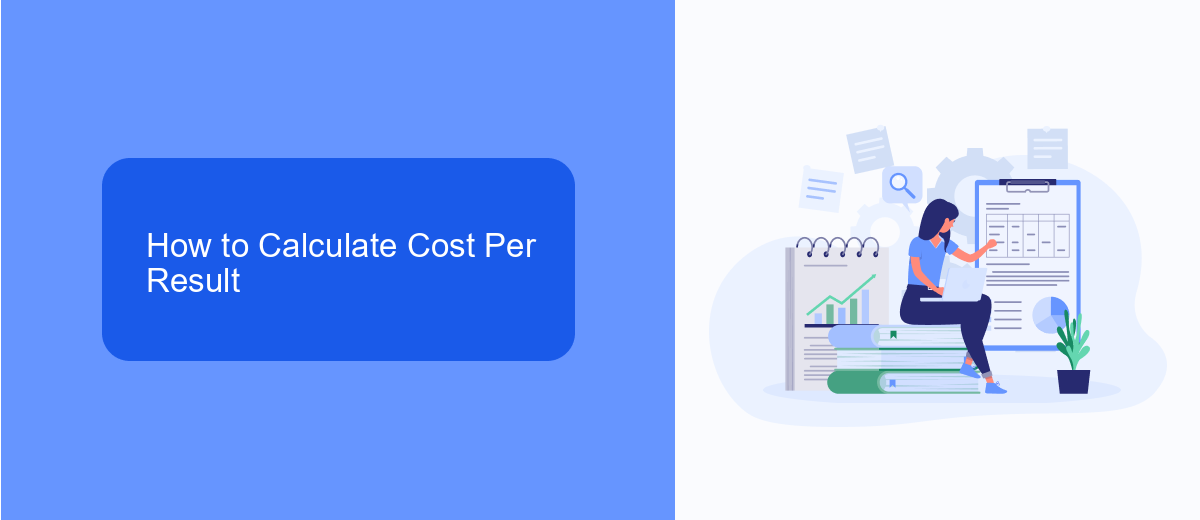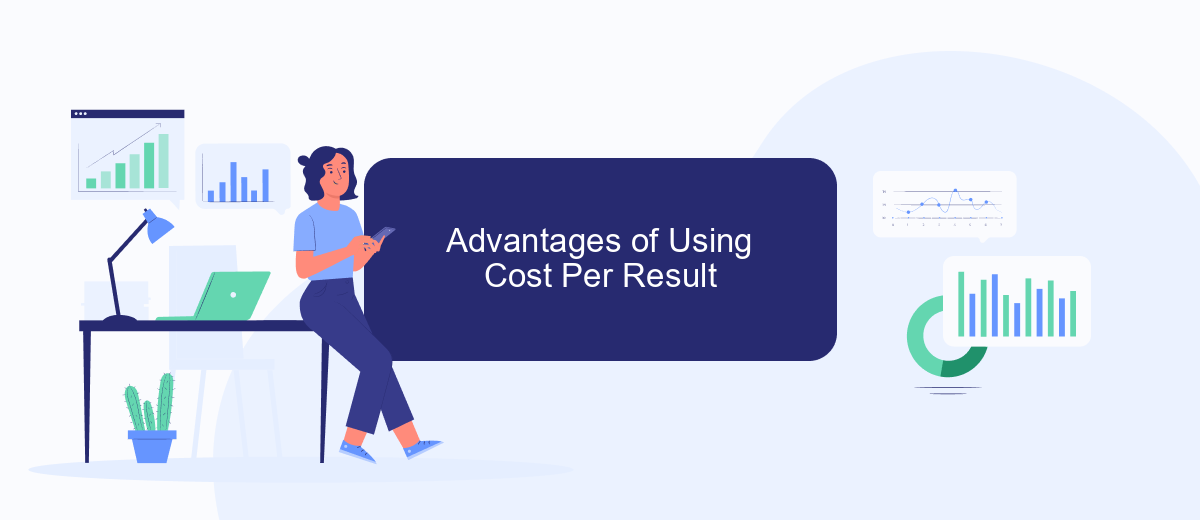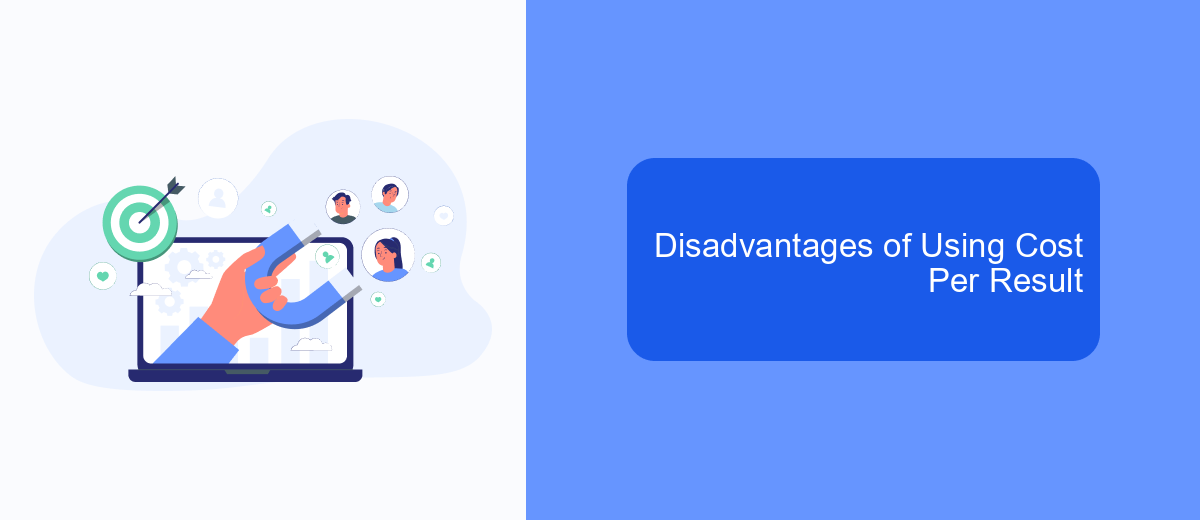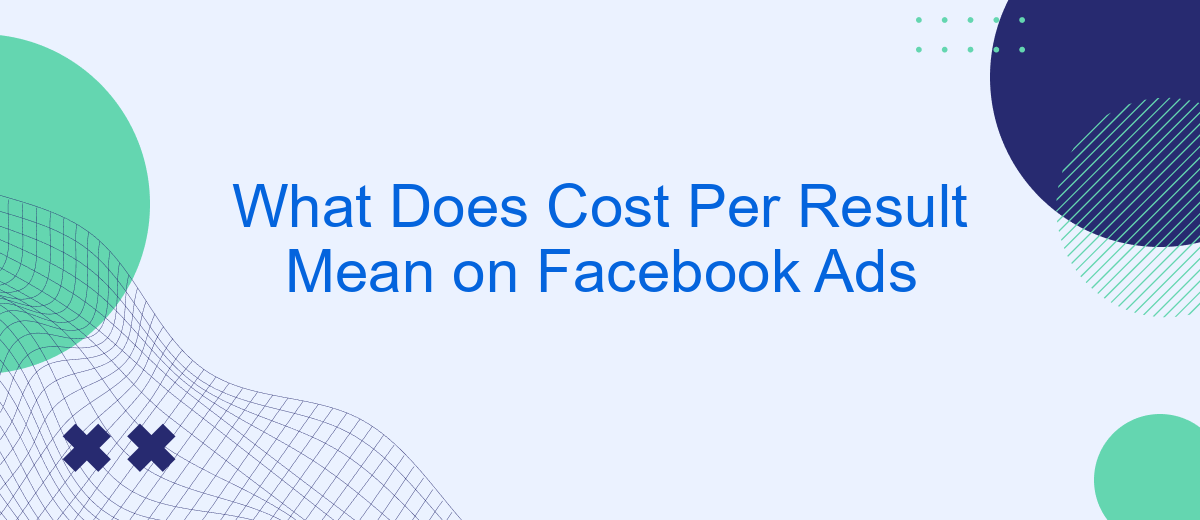Cost Per Result (CPR) on Facebook Ads is a crucial metric that helps advertisers understand the efficiency of their campaigns. It measures the average cost incurred to achieve a specific action, such as a click, impression, or conversion. Understanding CPR allows businesses to optimize their ad spend, ensuring they get the best possible return on investment for their advertising efforts.
What is Cost Per Result?
Cost Per Result (CPR) on Facebook Ads is a metric that indicates how much you are spending to achieve a specific outcome from your ad campaign. This outcome could be a click, a conversion, a lead, or any other action you have set as your objective. CPR helps advertisers understand the efficiency of their ad spend and optimize their campaigns for better performance.
- Click-Through Rate (CTR): Measures how often people click on your ad after seeing it.
- Conversion Rate: Tracks how many clicks lead to a desired action, such as a sale or sign-up.
- Lead Generation: Indicates the cost of acquiring a new lead through your ad.
To optimize your Cost Per Result, you can use services like SaveMyLeads, which automates lead generation and integrates seamlessly with various platforms. By using such tools, you can streamline your marketing efforts, reduce manual tasks, and focus on strategies that improve your ad performance and lower your CPR.
How to Calculate Cost Per Result

Calculating Cost Per Result (CPR) on Facebook Ads is essential for understanding the efficiency of your advertising campaigns. To calculate CPR, you first need to determine the total amount spent on your ads and the total number of results achieved. The formula is straightforward: CPR = Total Amount Spent / Total Number of Results. For example, if you spent 0 on a campaign and obtained 250 results, your CPR would be . This metric helps you gauge the cost-effectiveness of your campaigns and make data-driven decisions for future advertisements.
For businesses looking to streamline their ad performance tracking, integrating with services like SaveMyLeads can be highly beneficial. SaveMyLeads automates the process of collecting and analyzing ad data, saving you time and reducing the risk of manual errors. By connecting your Facebook Ads account with SaveMyLeads, you can automatically transfer data to your preferred CRM or Google Sheets, enabling you to monitor your CPR and other key metrics effortlessly. This integration ensures that you always have up-to-date information to optimize your advertising strategy.
Advantages of Using Cost Per Result

Understanding the advantages of using Cost Per Result (CPR) in Facebook Ads can significantly enhance your advertising strategy. CPR allows advertisers to focus on the actual outcomes of their campaigns rather than just impressions or clicks, providing a more accurate measure of success.
- Cost Efficiency: By paying only for the desired results, advertisers can manage their budgets more effectively and avoid overspending on ineffective ads.
- Better ROI: Focusing on specific outcomes like conversions or leads ensures a higher return on investment, as you're only paying for actions that contribute directly to your business goals.
- Data-Driven Decisions: CPR provides valuable insights into which ads are performing well, allowing for data-driven adjustments and optimizations to improve future campaigns.
- Enhanced Targeting: With services like SaveMyLeads, you can integrate and automate lead management, ensuring that you capture and follow up on leads efficiently, further improving ad performance.
Incorporating Cost Per Result into your Facebook Ads strategy not only enhances financial efficiency but also ensures that your marketing efforts are aligned with your business objectives. By leveraging tools like SaveMyLeads, you can streamline lead management and make more informed decisions, ultimately driving better results for your campaigns.
Disadvantages of Using Cost Per Result

While Cost Per Result (CPR) can be a valuable metric for advertisers on Facebook, it does come with its own set of disadvantages. One of the primary drawbacks is that it can sometimes lead to a narrow focus on short-term gains rather than long-term brand building. Advertisers may prioritize campaigns that deliver immediate results, potentially overlooking strategies that could yield higher returns over time.
Another issue is that CPR doesn't account for the quality of the results. For instance, a low CPR might indicate a high number of conversions, but those conversions may not always translate into meaningful customer engagement or long-term loyalty. This can be particularly problematic for businesses that rely on building strong customer relationships.
- Focus on short-term gains over long-term strategy
- Potential neglect of customer quality and engagement
- Difficulty in measuring brand-building efforts
- Can lead to inefficient budget allocation
Additionally, integrating various marketing tools and platforms to optimize CPR can be complex and time-consuming. Services like SaveMyLeads can simplify this process by automating integrations, allowing advertisers to focus on strategy rather than technical details. However, this adds another layer of dependency on third-party tools, which may not always align with the business's unique needs.
When to Use Cost Per Result
Cost Per Result is a crucial metric to consider when you aim to optimize your Facebook ad campaigns for specific outcomes. This metric is particularly useful when you have well-defined goals, such as lead generation, app installs, or purchases. By focusing on Cost Per Result, you can better allocate your budget to achieve the most cost-effective results, ensuring that every dollar spent contributes directly to your campaign objectives.
Additionally, leveraging services like SaveMyLeads can further enhance the efficiency of your campaigns. SaveMyLeads automates the process of integrating Facebook Ads with various CRM systems, allowing you to streamline lead management and follow-up processes. This integration ensures that you can quickly act on the leads generated, thereby maximizing the return on your ad spend. By using Cost Per Result in conjunction with automation tools, you can achieve a more targeted and effective advertising strategy.
FAQ
What does "Cost Per Result" mean on Facebook Ads?
How is Cost Per Result calculated?
Why is Cost Per Result important?
What factors can affect Cost Per Result?
How can I lower my Cost Per Result on Facebook Ads?
What do you do with the data you get from Facebook lead forms? Do you send them to the manager, add them to mailing services, transfer them to the CRM system, use them to implement feedback? Automate all of these processes with the SaveMyLeads online connector. Create integrations so that new Facebook leads are automatically transferred to instant messengers, mailing services, task managers and other tools. Save yourself and your company's employees from routine work.
